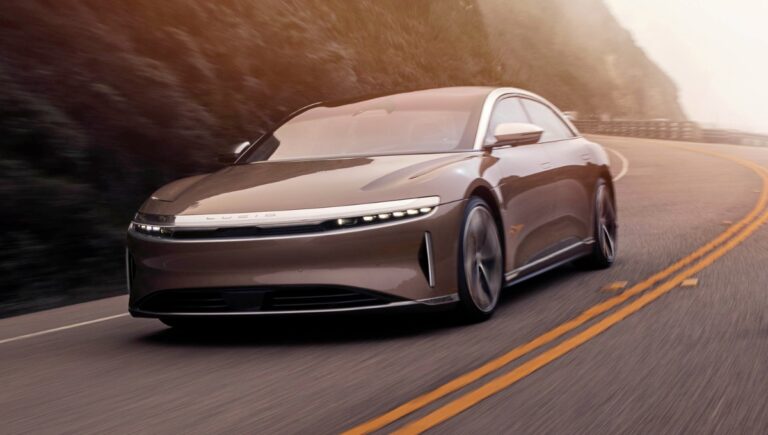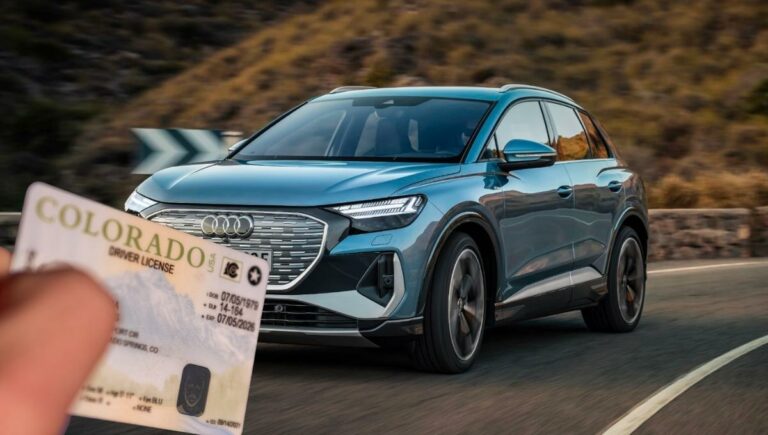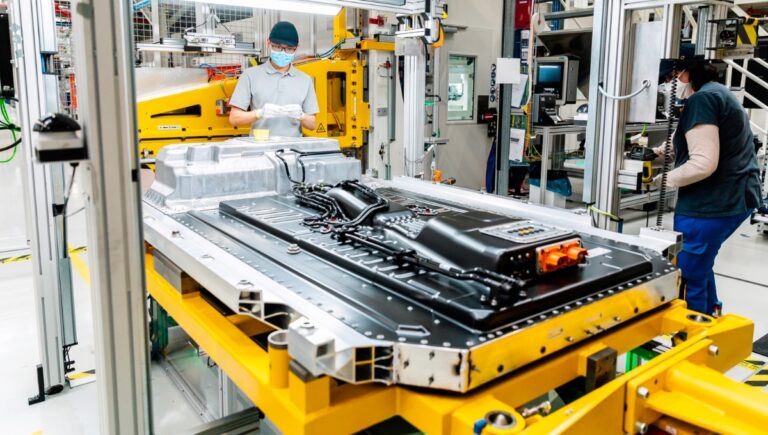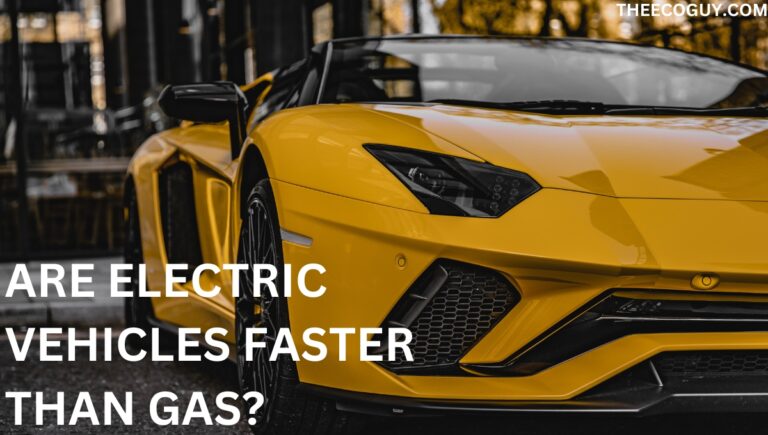Can You Flat Tow an Electric Vehicle? (Don’t Make This Mistake!)
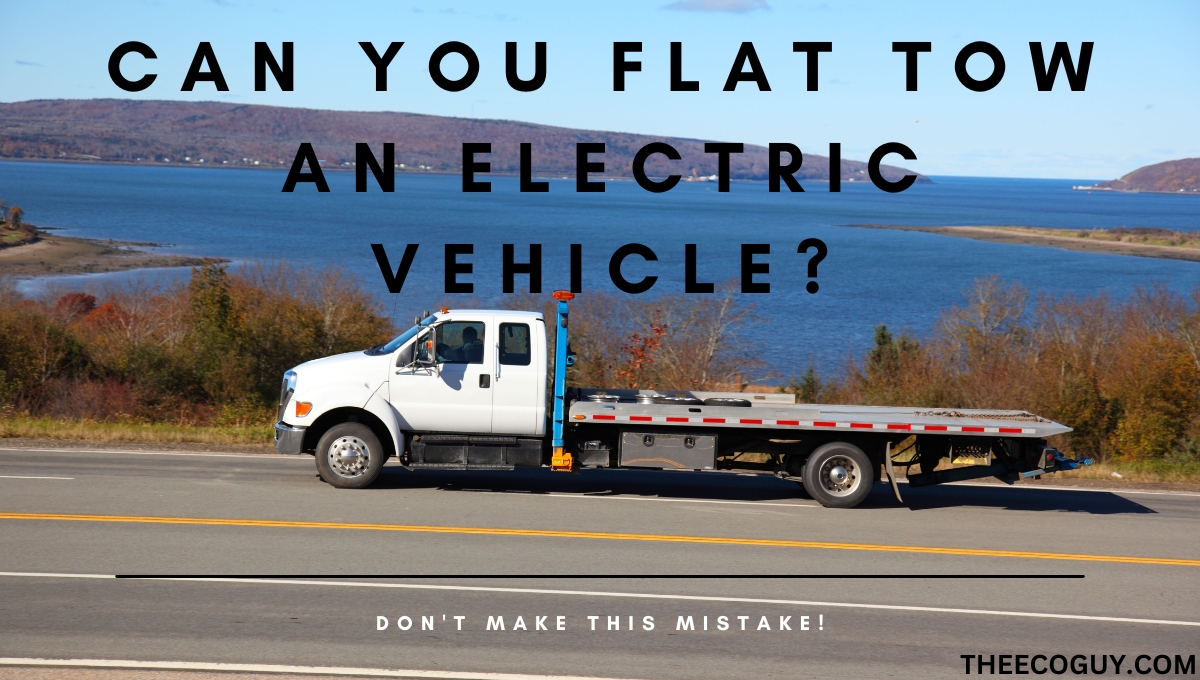
We all know that electric vehicles (EVs) are the way of the future, and more and more drivers are turning their attention to them. But can electric vehicles also be flat towed? Flat towing usually refers to attaching a vehicle to a towbar and towing it behind a vehicle.
The answer to whether or not you can flat tow an EV is yes, but it’s not recommended due to safety issues.
In this article, we’ll dive deeper into the best method for flat towing an EV and discuss some pros and cons of choosing this option.
What Exactly is Flat Towing?
Flat towing is a method of towing where a vehicle is attached to the back of another car. It’s commonly used for recreational vehicles like boats, campers, and RVs, but it can also be used for cars and other types of vehicles as well.
The main advantage of flat towing is that you don’t need an additional trailer or dolly system, which makes it easier and more convenient than traditional tow methods. However, there are some safety issues associated with flat towing that must be taken into consideration before attempting it.
Can EVs be Flat-Towed?
Yes, flat towing an electric vehicle is possible, but it’s not recommended. This is because electric cars have complicated power systems that are very sensitive and can easily be damaged if not handled properly.
Flat towing an EV also comes with additional risks since the power system will still be engaged while the vehicle is being towed, meaning it still consumes energy. This could lead to the car draining its battery while it’s being towed, and you would then have to find a way to recharge the battery before you can use the car again.
Can I Flat Tow My EV for a Short Distance to Recharge the Battery?
Yes, you can. It’s recommended to not flat tow an EV long distance because of what we’ve mentioned earlier. However, if you’re towing your EV for a short distance such as from one charging station to another, it should be safe to do so.
Keep in mind, you should have someone in the EV while it’s being towed to steer the car safely. It should also be in low gear or “tow mode”. If you’re unsure where to find this, look in your car’s owner’s manual.
Which EVs Can Be Flat-Towed?
EVs can be flat towed, but it’s not recommended due to safety concerns. However, if you attempt this towing method, specific models are more suitable for the task than others.
The best EVs for flat-towing tend to have higher ground clearance and larger battery packs which will help reduce the risk of damage during the process. Some popular examples include Tesla Model X and S, Nissan Leaf Plus, Kia Soul EV, and Hyundai Kona Electric. Additionally, some hybrid vehicles, such as Toyota Prius, can be safely flat towed with a few considerations first.
Again, it’s not recommended and advisable to flat tow an EV. Do so at your own risk!
Is There Any Extra Maintenance When Flat Towing an EV?
Flat towing an EV can be risky, but it can be successful if done correctly. However, some extra maintenance considerations must be considered when flat-towing an electric vehicle.
For example, the power system must be monitored closely as it still consumes energy while being towed and could lead to the battery draining prematurely. Additionally, any potential damage should be assessed immediately after the tow and repaired if necessary to ensure the vehicle’s safe operation afterward.
Are There Any Disadvantages of Flat Towing An EV?
Flat towing an EV has some significant disadvantages that must be considered before attempting it.
The main disadvantage is the risk of damaging the vehicle and its battery due to the power system still being engaged while towing. This can lead to a premature drain on the battery and could cause irreparable damage if not addressed quickly.
Additionally, flat towing an EV requires additional maintenance considerations, such as monitoring the power system and assessing any potential damage after completion.
All in all, these risks make flat-towing an electric vehicle a potentially dangerous endeavor that should only be attempted by experienced drivers who are familiar with their vehicles’ systems and capabilities.
Is It Safe to Tow an EV?
Yes. A flatbed truck or trailer is the safest way to tow an EV. This ensures that the power system is disengaged, eliminating the risk of damaging the vehicle and its battery due to power consumption. Additionally, it’s much easier to secure an EV on a flatbed than to flat-tow it, making it a much safer option overall.
Does Towing an EV Charge the Car?
Yes, towing an EV can charge the car. If the car is connected to a tow vehicle with an electric charging system, energy will be transferred to the EV’s battery while towing.
Is It Safe to Push an EV?
If your EV is not functioning, it’s safest not to push it because it could still be powered on while being pushed. If an EV is powered on while it’s being pushed, the power system might be damaged, leading to further problems.
It’s recommended to wait for a towing company to diagnose the issue and tow the EV on a flatbed to a certified EV technician. This will prevent potential damage to the power system and ensure your EV is serviced safely.
Final Thoughts
Flat towing an EV can be risky and is not recommended by experts. While some models may be more suitable for flat towing than others, there is still a risk of damage due to the power system being engaged while it’s towed. A flatbed truck or trailer is the safest way to tow an EV.
It’s also important to consider any extra maintenance required when flat towing an EV, such as monitoring the power system and assessing any potential damage afterward.
Additionally, pushing an EV should be avoided as it could cause damage due to the power system still being engaged.
If you’re considering flat-towing an EV, it’s best to consult an expert familiar with the vehicle’s systems and capabilities before attempting it. Doing so can help prevent potential issues with your EV.

